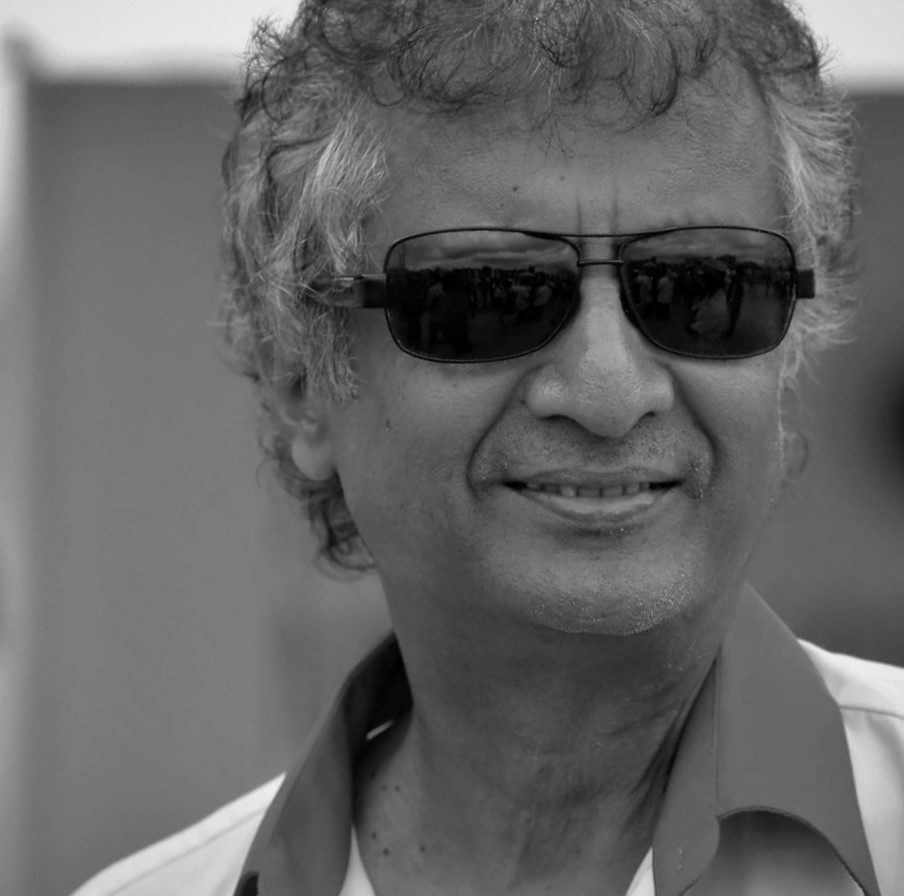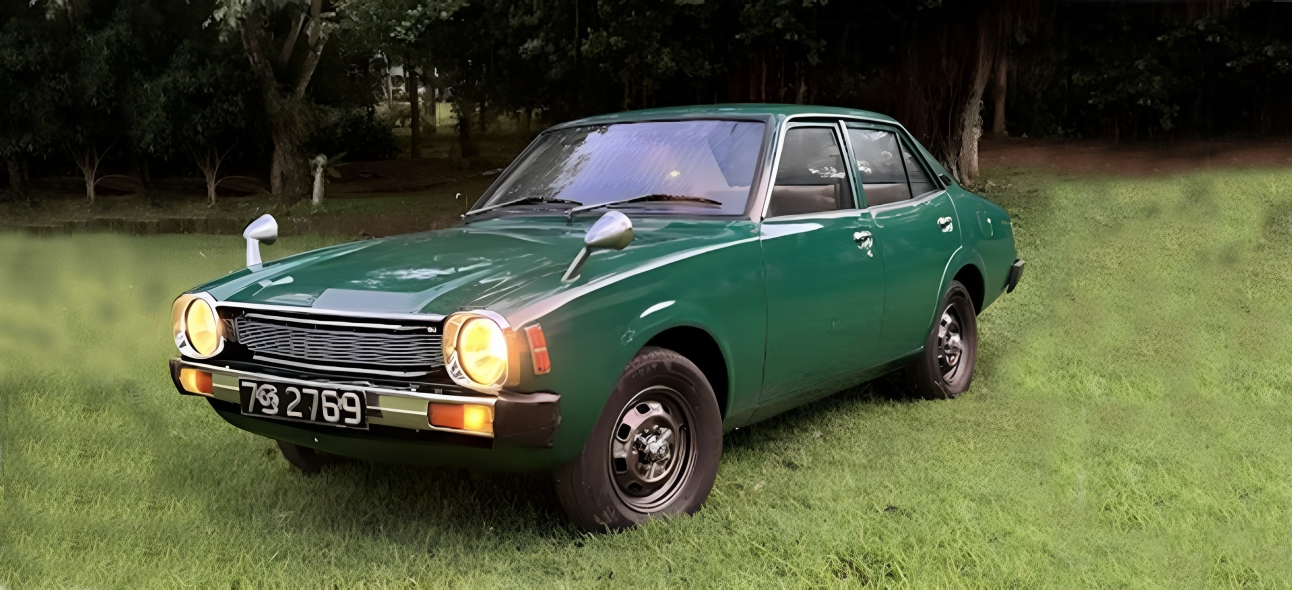The Mercedes-Benz G-Class, colloquially known as the G-Wagon (as an abbreviation of Geländewagen) is a four-wheel drive SUV manufactured by Magna Steyr (formerly Steyr-Daimler-Puch) in Austria, and sold by Mercedes-Benz. Originally developed as a military off-roader, later more luxurious models were added to the line. In certain markets, it was sold under the Puch name as Puch G until 2000.

The G-Wagen is characterized by its boxy styling and body-on-frame construction. It uses three fully locking differentials, one of the few passenger vehicles to have such a feature.

Despite the introduction of an intended replacement, the unibody SUV Mercedes-Benz GL-Class in 2006, the G-Class is still in production and is one of the longest-produced vehicles in Daimler's history, with a span of 44 years. Only the Unimog surpasses it.

In 2018, Mercedes-Benz introduced the second-generation W463 with heavily revised chassis, powertrain, body, and interior. In 2023, Mercedes-Benz announced plans to launch a smaller version of the G-Class, named "little G" - though no definitive date was given for the launch.

The G-Wagon was introduced at a press event held at the off-road proving ground in Toulon, France, and went on sale in September 1979 with three engine choices and five body variants. Over the next decade, the engine and transmission choices were expanded or updated along with more and more optional extra cost creature comforts (air conditioning, automatic transmission, power windows, etc.).

The G-Wagen gained its global fame in 1980 when Mercedes-Benz built a Popemobile based on 230 G cabriolet during the first visit of Pope John Paul II in Germany.

As many enthusiasts may know, development of the G-Wagon owes at least some of its impetus to urging from the Shah of Iran, who suggested Mercedes would do well for itself in the competitive space occupied by Land Rover, Toyota Land Cruiser, and various Jeeps.
After a few years of development, the W460-generation launched for the 1979 model year, riding on a rugged live-axle 4x4 platform powered by a trio of engines: A 2.3-liter petrol four-cylinder, a 2.4-liter diesel four-cylinder, and a diesel five-cylinder. In 1980, the 280GE added Mercedes' popular inline-six to the mix with a respectable 150hp on tap.

The featured vehicle is a 300GD version and is powered by the venerable 3.0-litre diesel five cylinder engine mated to a five speed gearbox. The current owner, who is a collector of classic automobiles wishes to remain anonymous. However he gave the car to the writer for a drive. I found the drive to be “leisurely” to say the least. In fact, my passenger told me that it is a ride that makes him sleepy! However the ride is smooth, and although not tested, I’m sure it would be very capable in off-road situations – what with three locking differentials!





